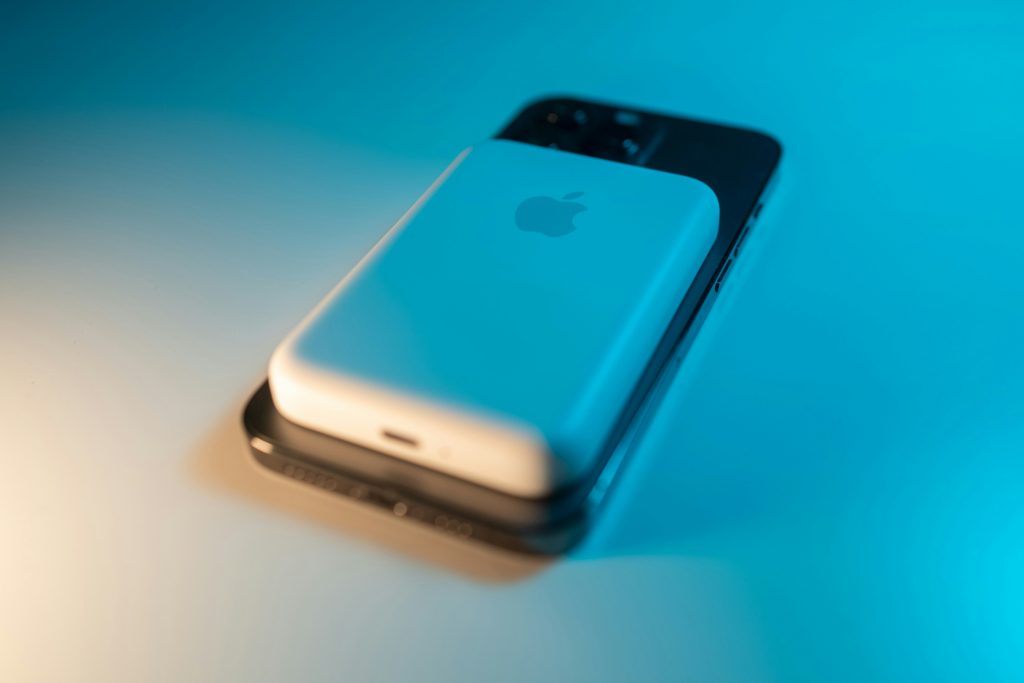
THE CIVIL Aviation Authority of the Philippines (CAAP) Davao urged passengers to follow government guidelines on carrying power banks to avoid delays and offloads.
CAAP Davao manager Rex Obcena said Thursday passengers need to coordinate with their airlines on the guidelines.
“Passenger should closely coordinate with their airline company to be safe, para kabalo sila unsay mabutang sa handcarry and check-in luggage,” Obcena said.
On March 7, CAAP released Advisory Circular 18-005, which outlines the guidelines for the safe transport of power banks to prevent fire hazards during flight.
“Recent incidents of in-flight fires caused by lithium-ion batteries highlight the importance of stringent safety measures in handling these energy storage devices,” the circular reads.
Operators shall adhere to strict handling, storage, and transport regulations to prevent hazards such as thermal runaway, fire, and explosion.
Spare/loose batteries should not be placed in checked baggage but should be in carry-on baggage. Power banks are considered spare batteries
The maximum allowable spare batteries for carry-ons is only up to 100 watt-hour (Wh) capacity.
CAAP said 100Wh to 160 Wh is permitted only with prior operator approval, provided only a maximum of two spare battery units per passenger. Additional screening measures are required to be implemented by airlines.
Above 160Wh is strictly prohibited on board under any circumstances.
Obcena added that as much as possible passengers should bring power banks enough to recharge their phones and should be from reputable brands. A 10,000 mAh or 20,000 mAh power bank mostly falls in the 100 Wh and below category.
On Feb. 28, an Air Busan aircraft caught fire at Gimhae International Airport, reportedly due to an overheating power bank inside a carry-on bag.
